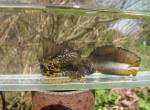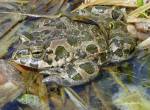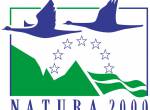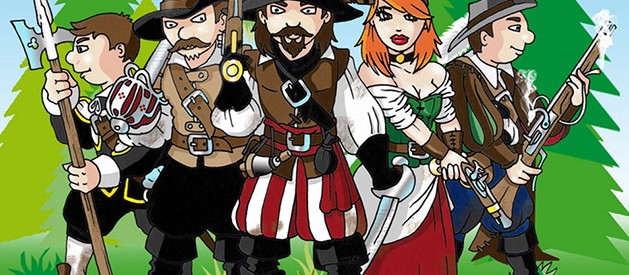
The educational journey of the robber Stetka
A nature trail around the surroundings of Štětí for the whole family, introducing the history and picturesque nature, industry and agriculture of Štetsko. The legendary robber Štětka and his four-member team are guiding the tour, giving information on a marked circuit starting from
In the old days of the Thirty Years' War, the robber Štětka was the master of the deep forests, fields and hillsides around the town of Štětí. Today, his home is the former Mordloch Cave, hidden away from people in the middle of the Stračen forests. Who knows him in the region. He protects the poor and honest, and justly punishes dishonesty and avarice. He has walked this land many times. He knows every road and footpath here.
During your adventurous journey with the robber Stetka you will come across educational boards that will tell you all about the history, nature, fauna and flora, industry and agriculture of the local region or visit the mythical cave Mordloch of the robber Stetka. You can also try out a discovery competition Following the footsteps of the robbers or robber geocaching.
Stops
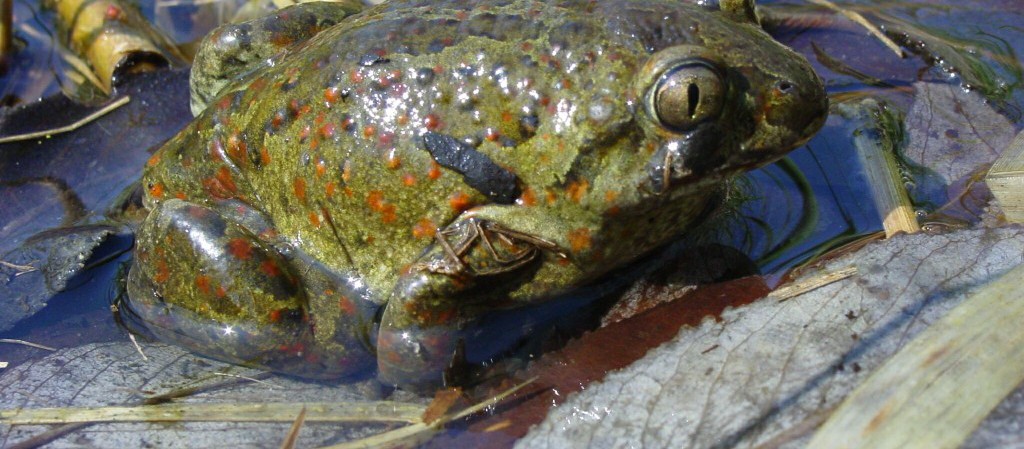
Veselí
NATURA 2000 = SYSTEM OF PROTECTED AREAS OF EUROPEAN IMPORTANCE
What is NATURA 2000
Natura 2000 is a system of protected areas created by all EU countries according to common principles. The aim of this system is to ensure the protection of those species of animals, plants and habitat types that are the most valuable, threatened, rare or restricted to a particular area from a European perspective.
Heavenly Pond - Veselí
Nebeský rybník (Heavenly Pond) in Veselí is located on the road between Chcebu and Újezd, which forms the western border of the Kokořínsko - Macha Region Protected Landscape Area. The larger part of the pond was bought from a private owner and is currently under the ownership of the AOPK ČR - Kokořínsko - Máchův kraj Protected Landscape Area Administration.
Ecotope: Geology: the area is part of the Bohemian Cretaceous table, which is mainly made up of quartz sandstones. In the case of the site itself, Quaternary clay-sand sediments occur.
Geomorphology: the territory lies in the area of the North Bohemian Tableland, Ralská pahorkatina unit, Dokeská pahorkatina subunit, Polomené hory district and Brocenská pahorkatina subdistrict.
Relief: the area is a small depression on a plateau on loess covers at an altitude of about 320 m.
Pedology: the area and the immediate surroundings have developed variously strong loess clay coverings.
Landscape characteristics: shallow, heavily vegetated sky pond between the village and the road. With regard to filling by rainfall, water fluctuations of about 50 cm are common, but due to its flat character, this often means that more than half of the area dries out.
Biota: Shallow eutrophic pond without fish, overgrown up to the central area (approx. 50 m²) in permanently or at least long term flooded places mainly with broad-leaved sedge and in less waterlogged places with sedge stands. A rich habitat for several amphibian species, particularly important for the great crested newt and the marsh harrier.
Vulnerability: the site is not currently under direct threat. Natural succession may be a negative phenomenon. A possible threat would be the drying up of the site, but this is currently very unlikely. Occasional illegal pumping of water for irrigation of surrounding gardens at cottages and family houses contributes to the lower water level.
Who Lives Here - Čolek velký
The great crested newt is a species of lower elevations. The centre of gravity of its occurrence in the Czech Republic is found at altitudes of 200-800 m above sea level.
Penguin populations remain in the breeding phase of life (called the aquatic phase) for approximately 4-5 months. The adults then leave the water and live on land under rocks, fallen wood, in moss, in hiding places in the ground, etc. Reproduction is preceded by complex, species-specific courtship dances. The female lays her eggs on aquatic plants and various objects. The eggs hatch into larvae after about two weeks, which feed on plankton, and after about 3 months or more they transform into boobies. Large species are more water-bound than small ones, so juvenile Chinook salmon can be found both in the water and on land. Woodpeckers overwinter in earth shelters: rock crevices, abandoned rodent burrows, cellars and at the bottom of water tanks buried in mud.
General distribution:The Great Crested Grebe is distributed throughout most of central and northern Europe, from Great Britain to the Urals. It is absent from the Iberian, Apennine and Balkan Peninsulas, southern France and Ireland.
Distribution in the Czech Republic: apart from smaller areas in southern Moravia, the Great Crested Newt was originally widespread in the Czech Republic from the lowlands to an altitude of 800 m. Nowadays, the number of its localities is considerably reduced.
Threats: the main cause of the decline of great crested newts is the loss of suitable habitats due to changes in the water regime in the landscape, such as: drainage of meadows and forests, regulation of streams and damming of small watercourses, conversion of meadows into fields, land reclamation, chemicalization in agriculture and similar interventions. Last but not least, there are factors such as motorisation, destruction of small water bodies in the landscape (municipal waste, reclamation, etc.), unsustainable fishery management of ponds (high fish stocking) and stocking of ponds in quarries and sand pits. Deteriorated water quality is another cause of reduced abundance or complete extinction of populations of this species. In general, Chinook salmon suffer from habitat loss and habitat encroachment.

